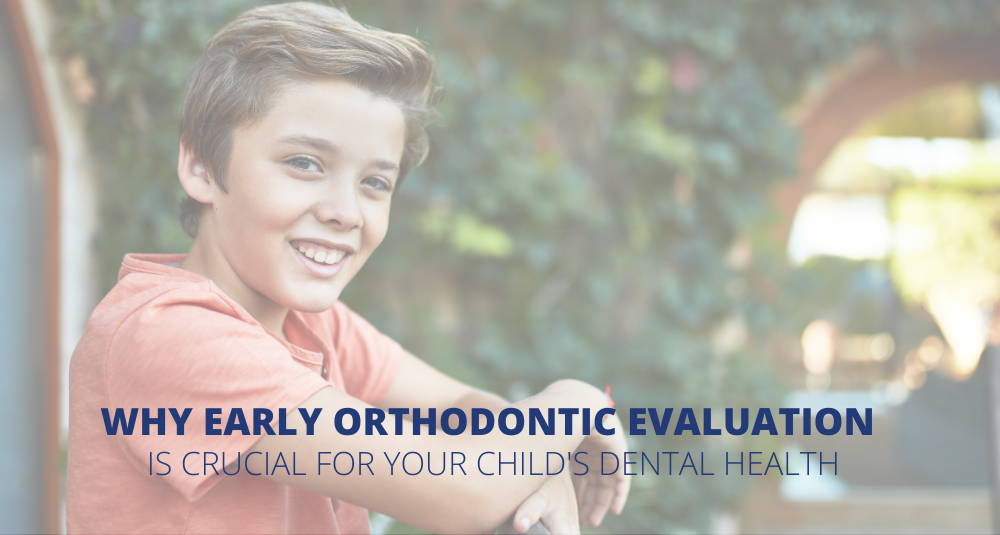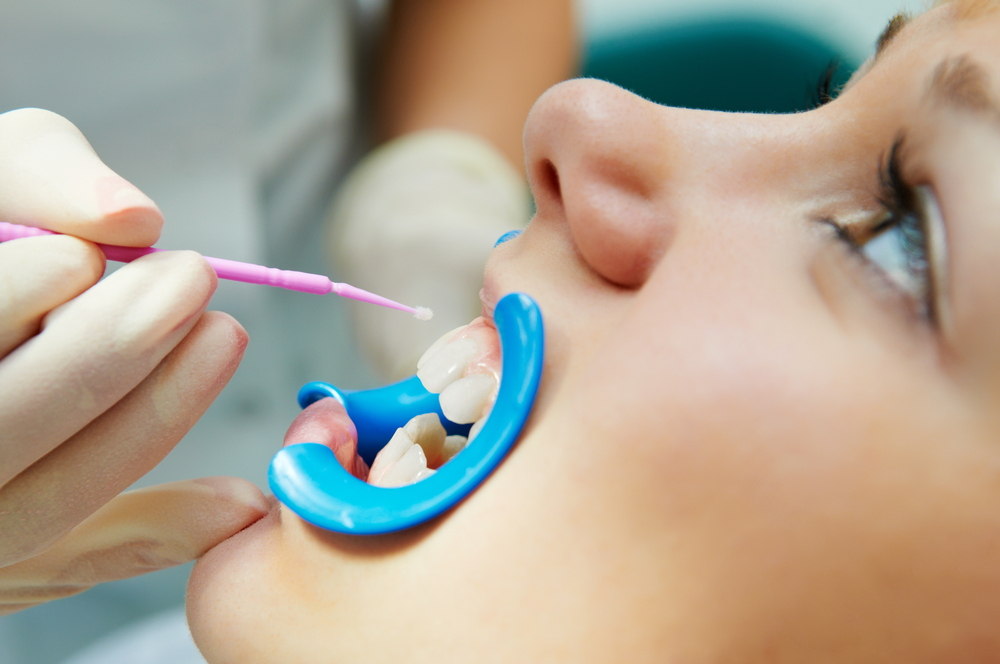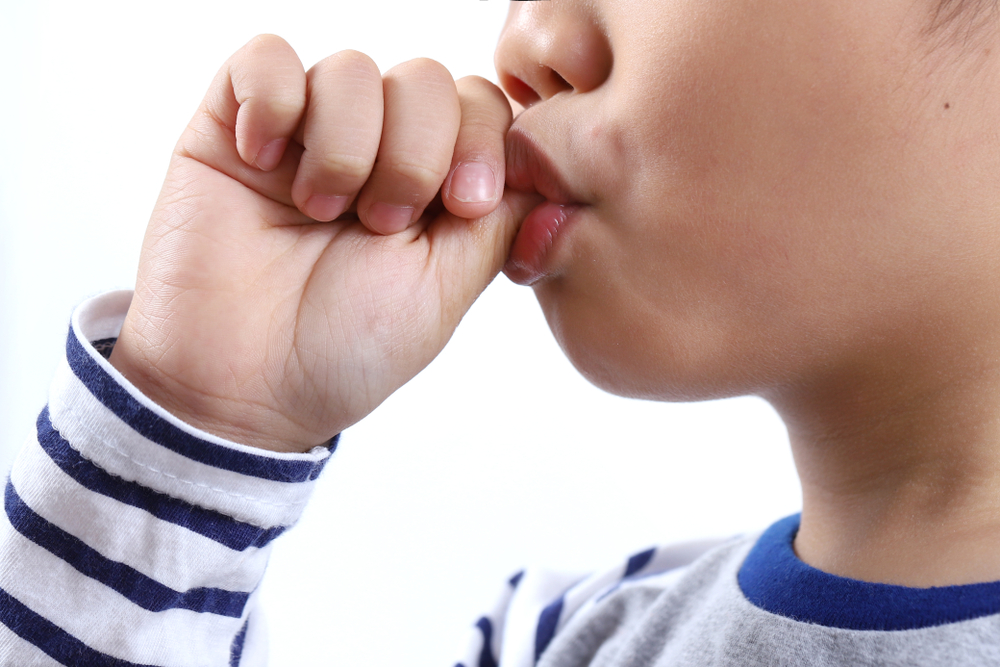Introduction
Orthodontic issues in children can have a significant impact on their oral health and overall well-being. Early detection and intervention are crucial in preventing further complications and ensuring proper dental development. This article explores the early signs of orthodontic issues in children and the interventions available to address them.
1. Crooked or Crowded Teeth
One of the most common orthodontic issues in children is crooked or crowded teeth. This can occur due to genetics, thumb sucking, or improper oral habits. Crooked or crowded teeth can affect the child’s ability to chew properly, speak clearly, and maintain good oral hygiene.
Intervention:
Orthodontic treatment, such as braces or aligners, can help align the teeth and create a straighter smile. Early intervention is essential to guide the growth of the jaw and prevent further complications.
2. Overbite or Underbite
An overbite or underbite refers to the misalignment of the upper and lower jaws. An overbite occurs when the upper front teeth overlap the lower front teeth, while an underbite is characterized by the lower front teeth protruding in front of the upper front teeth. These issues can lead to difficulty in biting, chewing, and speaking.
Intervention:
Orthodontic appliances, such as braces or headgear, can be used to correct the alignment of the jaws. In severe cases, orthognathic surgery may be required to reposition the jaws and achieve proper bite alignment.
3. Crossbite

A crossbite occurs when the upper teeth sit inside the lower teeth when biting down. This can cause uneven wear on the teeth, jaw misalignment, and facial asymmetry. It may also lead to difficulties in chewing and speaking.
Intervention:
Orthodontic treatment, such as braces or expanders, can help correct a crossbite by gradually widening the upper jaw and aligning the teeth properly.
4. Open Bite
An open bite is characterized by a gap between the upper and lower front teeth when biting down.
Summary
Orthodontic problems in children can manifest in various ways, such as misaligned teeth, overcrowding, or bite irregularities. These issues can be caused by genetic factors, habits like thumb sucking, or certain medical conditions. It is important for parents and caregivers to be aware of the early signs of orthodontic problems, which may include difficulty chewing or biting, mouth breathing, speech difficulties, or early loss of baby teeth.
Early intervention is key in addressing orthodontic issues in children. Consulting with a qualified orthodontist at an early age, typically around 7 years old, allows for timely evaluation and potential treatment. Orthodontic interventions may include the use of braces, aligners, or other orthodontic appliances to correct tooth and jaw alignment. These treatments aim to improve the child’s bite, enhance their facial aesthetics, and promote proper oral hygiene practices.
By addressing orthodontic issues early on, parents can help their children avoid more complex and costly treatments in the future. Regular dental check- learn the facts here now ups and open communication with the orthodontist are essential for monitoring the child’s progress and ensuring the success of the treatment plan.
- Q: What are some early signs of orthodontic issues in children?
- A: Some early signs of orthodontic issues in children include crowded or crooked teeth, difficulty biting or chewing, thumb sucking, mouth breathing, speech difficulties, and jaw abnormalities.
- Q: When should I take my child to see an orthodontist?
- A: It is recommended to take your child for an orthodontic evaluation by the age of 7. However, if you notice any early signs of orthodontic issues, it is advisable to consult an orthodontist as soon as possible.
- Q: What interventions are available for orthodontic issues in children?
- A: The interventions for orthodontic issues in children may include braces, aligners, retainers, palatal expanders, headgear, and other orthodontic appliances. The specific treatment plan will depend on the nature and severity of the orthodontic problem.
- Q: How long does orthodontic treatment usually last for children?
- A: The duration of orthodontic treatment for children varies depending on the complexity of the case. On average, it can range from 1 to 3 years. The orthodontist will provide a more accurate estimate after evaluating the child’s specific needs.
- Q: Are there any risks or side effects associated with orthodontic treatment in children?
- A: While orthodontic treatment is generally safe, there can be some risks and side effects. These may include tooth sensitivity, discomfort or pain during treatment, mouth sores, and temporary changes in speech. Your orthodontist will discuss these potential issues and how to manage them.

Welcome to my website! My name is Tristan Wynter, and I am a passionate and dedicated dental hygienist with years of experience in the field of general dentistry, pediatric dental care, smile enhancements, and dental hygiene tips. I am thrilled to have the opportunity to share my knowledge and expertise with you through this platform.




